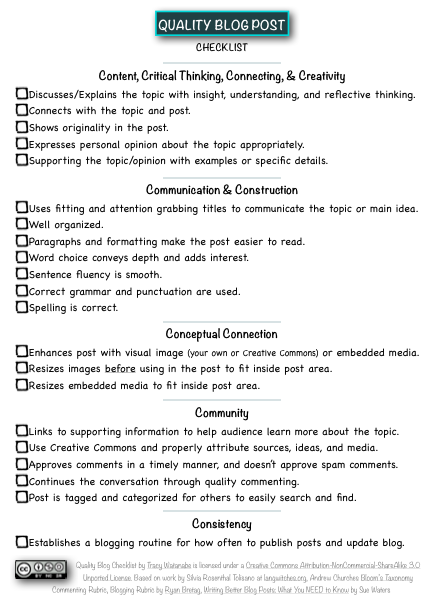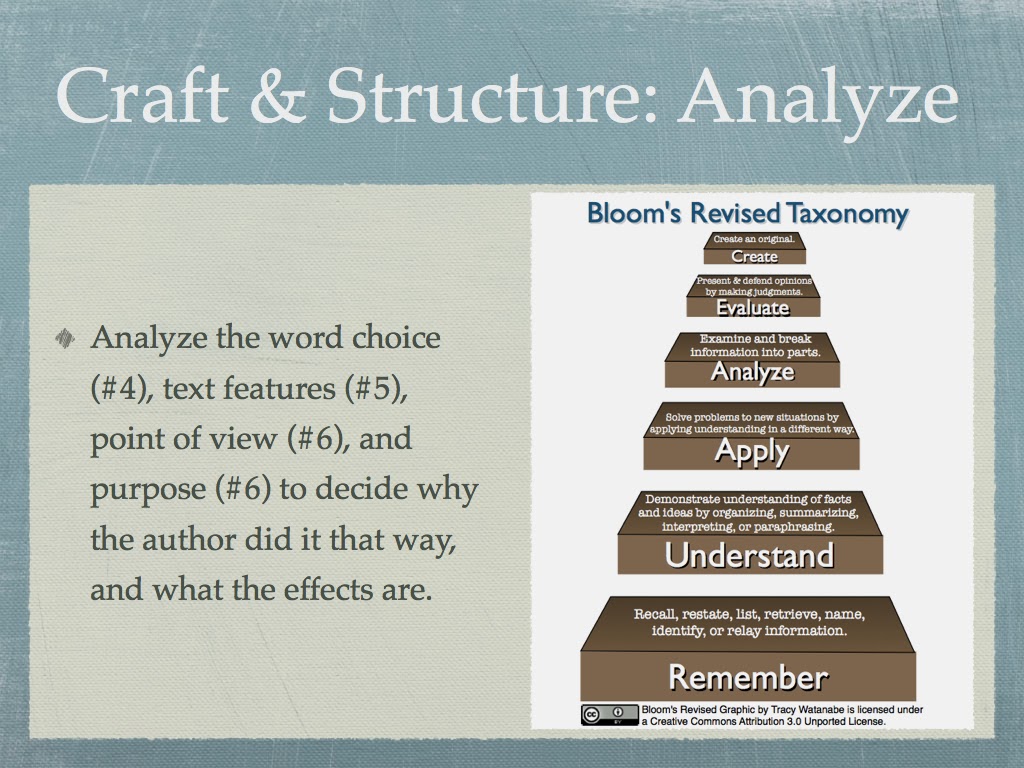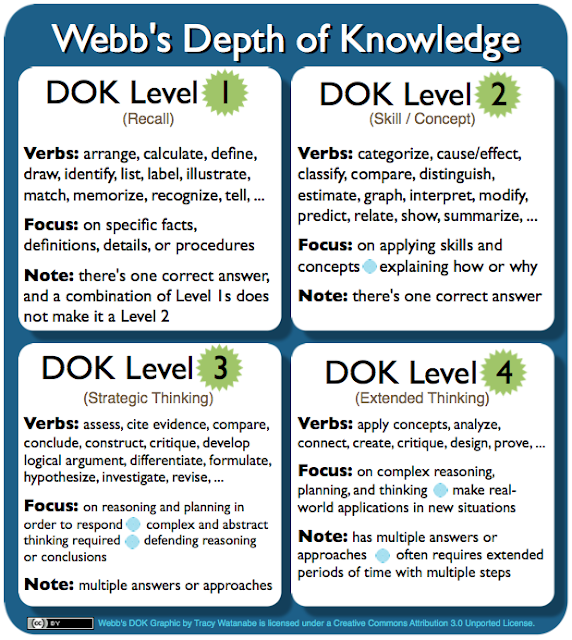Core Tech for Math Common Core Standards #ISTE2014
In this post, my focus is sharing some of the math resources that I heard about during "Core technologies for the Common Core" by Kyle Brumbaugh and Elizabeth Calhoon at #ISTE2014. I'll also add a few ideas of my own.
Math in the real world
Students should be able to apply mathematical concepts to real world issues. In the real world, math doesn't come in a box labeled, "Today you will only use your multiplying with fractions skill." In the real world, students must use critical thinking to solve problems.
Use appropriate tools strategically
Students are asked to choose appropriate tools strategically when solving math problems. Appropriate tools include traditional tools such as rulers, protractors, etc., and it also includes online tools.
There are a number of online tools for mathematical learning.
Information and data tools
Students must be able to collect data, synthesize the data, evaluate data, and present data in strategic and creative ways. Technology can also greatly increase productivity for students and teachers.
Technology also helps us to tap into the plethora of data and resources available on the Internet.
Final thoughts
Technology can enhance learning. It's a tool to gather information, organize, synthesize, analyze and draw conclusions. It gives students access to quality and current information/data. Students can use it to understand abstract concepts, and construct their own understanding of a concept. They can use it to create, collaborate, and share with others inside and outside of the classroom.
The bottom line is technology is part of our world; part of preparing students to be college and career ready; and is built into the standards. It needs to be part of how we "do school."
Math in the real world
Students should be able to apply mathematical concepts to real world issues. In the real world, math doesn't come in a box labeled, "Today you will only use your multiplying with fractions skill." In the real world, students must use critical thinking to solve problems.
As math is taught, it must be relevant to our students by connecting to the real world. Technology can assist in relevancy by giving students access to real-time data, current information, interactive tools, and audiences beyond the four classroom walls.
Use appropriate tools strategically
Students are asked to choose appropriate tools strategically when solving math problems. Appropriate tools include traditional tools such as rulers, protractors, etc., and it also includes online tools.
There are a number of online tools for mathematical learning.
- Desmos: Graph functions; plot tables of data; evaluate equations; explore transformations; and much more. Students can create models that can be manipulated by changing variables. This tool is powerful enough to be used in trigonometry and calculus.
- Google Calculator: This tool can be used as a "scientific calculator" or geometry calculator. It can convert from one measure to another for temperature, length, mass, speed, volume, area, fuel consumption, time, and digital storage. To use this calculator, you can either type your equation directly into the Google (or Chrome) search box or do a search for calculator.
- Wolfram Alpha: This is an online computational engine that will solve any math problem step-by-step (free when used in education), including simple to complex algebraic, geometric, trigonometry and calculus calculations. While Wolfram Alpha solves problems, I would want to ask questions like, "Is there another way to solve it?" or "Why does it work?" (Math Practices #2 and #3). Wolfram Alpha for Educators lists other ways this tool can be incorporated in the classroom. You could also use the Random Problem Generator.
- GeoGebra: Online site that allows students from all levels of education to build models and test them using a variety of mathematical concepts. It joins geometry, algebra, tables, graphing, statistics and calculus in one site.
Information and data tools
Students must be able to collect data, synthesize the data, evaluate data, and present data in strategic and creative ways. Technology can also greatly increase productivity for students and teachers.
Technology also helps us to tap into the plethora of data and resources available on the Internet.
- Google Trends: Use the statistics and analytics from Google searches. Each spike on a graph connects us to specific events going on in the world. This allows students to research statistical information to use in data visual displays and other projects.
- Google Public Data: Statistics of topic you search, with the ability to hone in on certain data such as age, gender, economic status, or location.
- Infographics Archive: Search the archive of infographics, create an infographic or data display using their suggested tools, and submit your infographic to their archive.
- Piktochart: Create an infographic or data visualization with this tool. This is a great way to take data and synthesize it to present in a creative way.
- Canva: Create infographics, presentations, etc. with this simple and beautiful free tool. (Thanks Lisa Johnson for introducing me to this tool!)
- Khan Academy: There are online tutorial videos as well as skill and drill exercises that provides students with feedback.
- CCSS Math: Sort the standards and find more resources for each standard.
- Learn Zillion: More video tutorials that really focus on conceptual understanding along with the skills.
- Ck-12: Online math textbook. There is a teacher version in addition to the student version. You can set it to your state standards and grade level (6th-12th).
- Gooru: More online resources for various content areas.
- Real World Math: This is a collection of free math activities for Google Earth designed for students and educators. These activities help connect mathematics to the real world.
- TedEd -- Math in Real Life: Here's a series of TED talks (or You Tube videos) for Education connecting math in the real world. It has videos, lessons, and the ability to create your own lessons.
Final thoughts
Technology can enhance learning. It's a tool to gather information, organize, synthesize, analyze and draw conclusions. It gives students access to quality and current information/data. Students can use it to understand abstract concepts, and construct their own understanding of a concept. They can use it to create, collaborate, and share with others inside and outside of the classroom.
The bottom line is technology is part of our world; part of preparing students to be college and career ready; and is built into the standards. It needs to be part of how we "do school."
- How do you incorporate technology in math?
- What resources or tools would you recommend?
- How does this post connect with you?

.png)






Comments
Post a Comment
Directions for posting:
1) Choose "Comment As" first. If you don't have a Google/Blogger account, you can choose Name/URL and type in your name, then place the web site that best describes you in the URL (i.e. www.ajusd.org). Or, you can choose "Anonymous".
2) You may need to press "Post Comment" more than one time.
It is always wise to copy your comment before pressing "Post Comment" just in case something happens.
3) Type in the word verification.
4) If you did everything correctly, it will state, "Your comment has been saved and will be visible after blog owner approval." If you do not get that message, please try again.
Click here for a tutorial on how to comment.
Thank you!